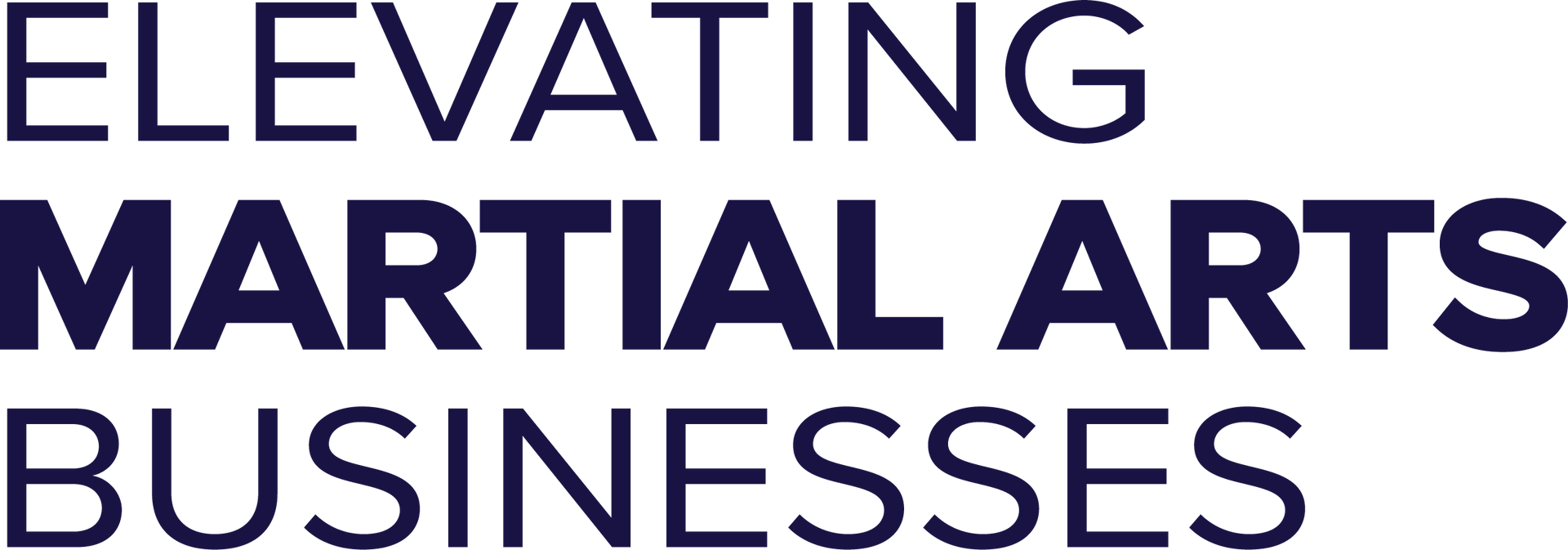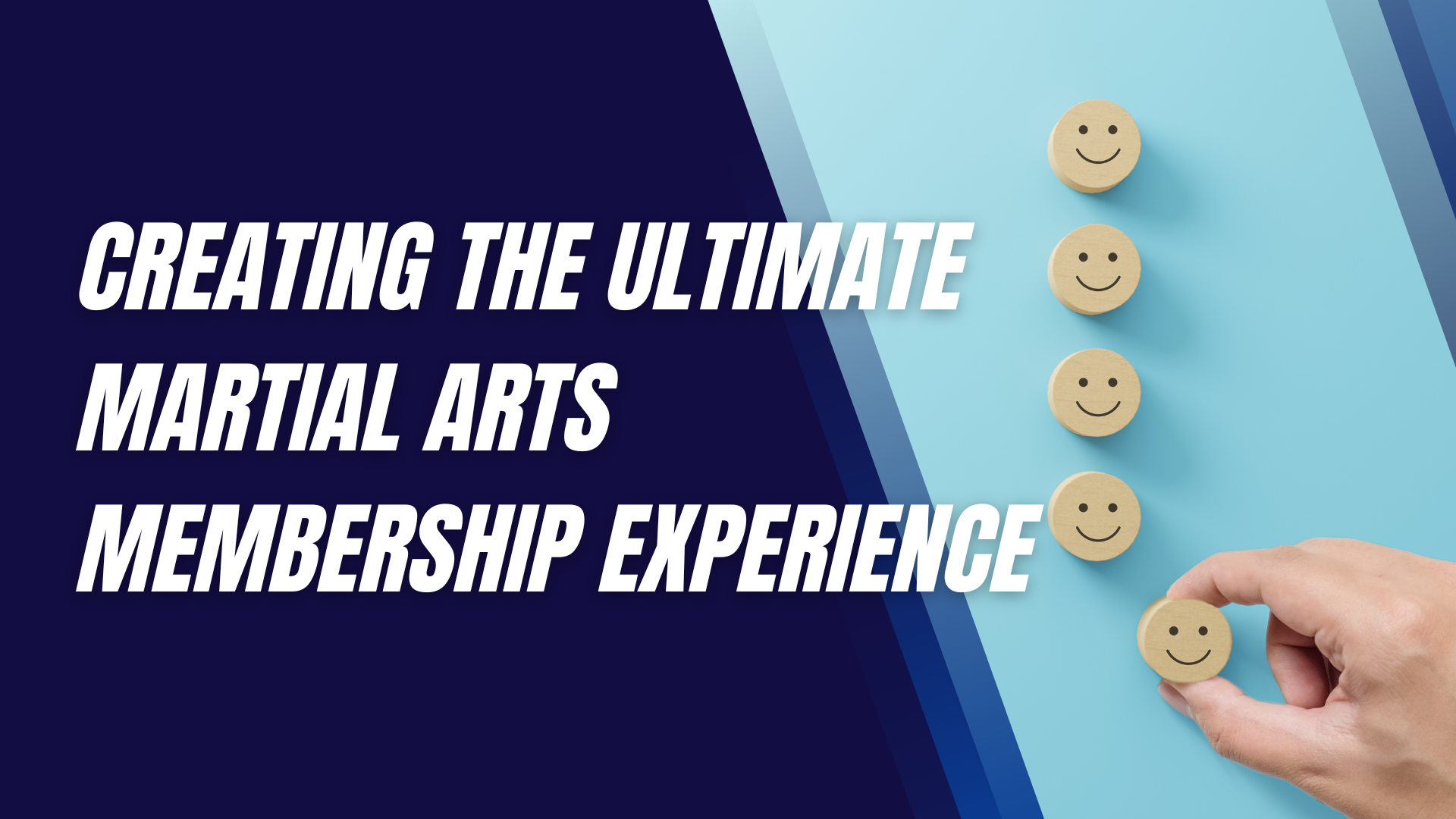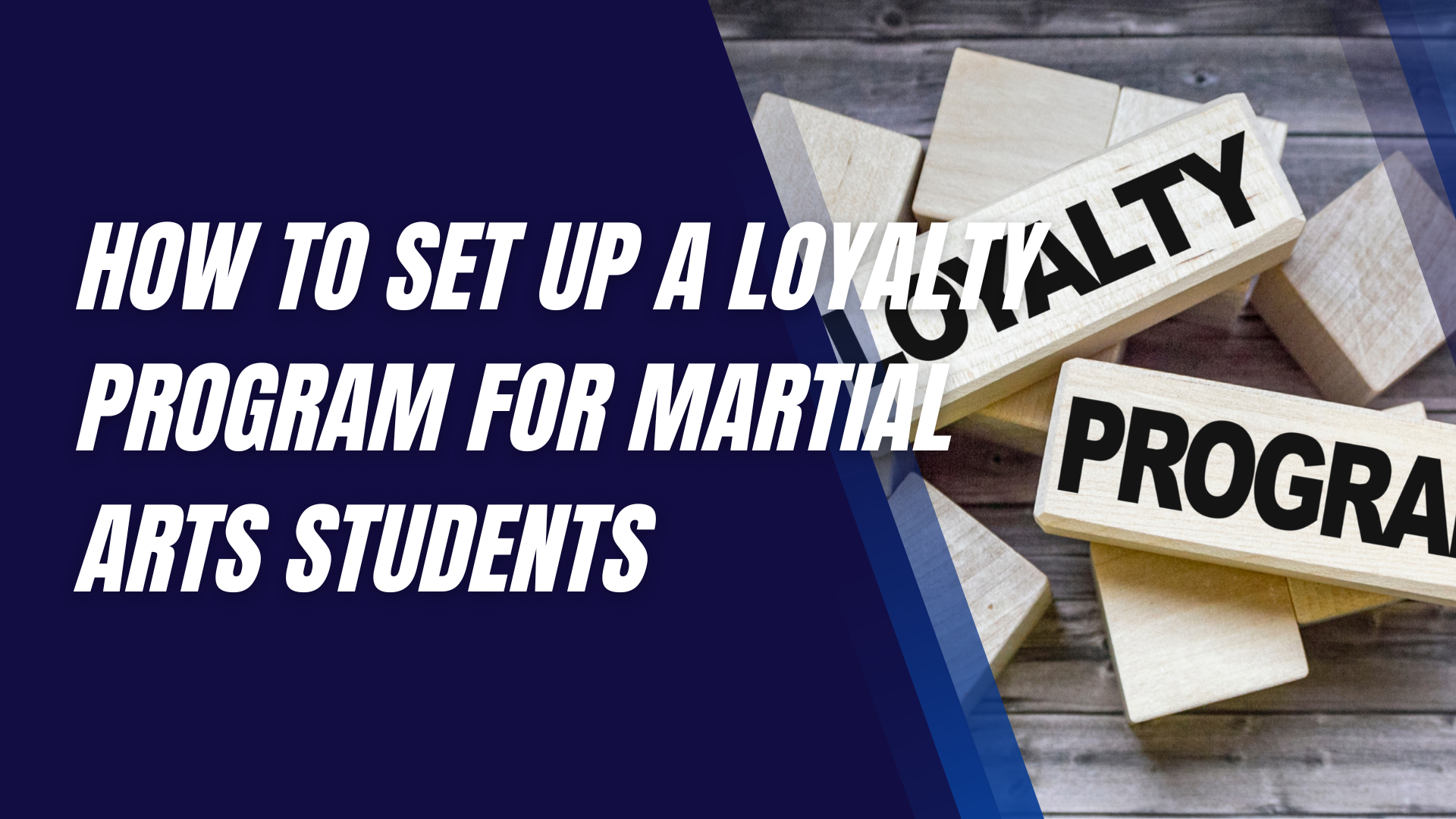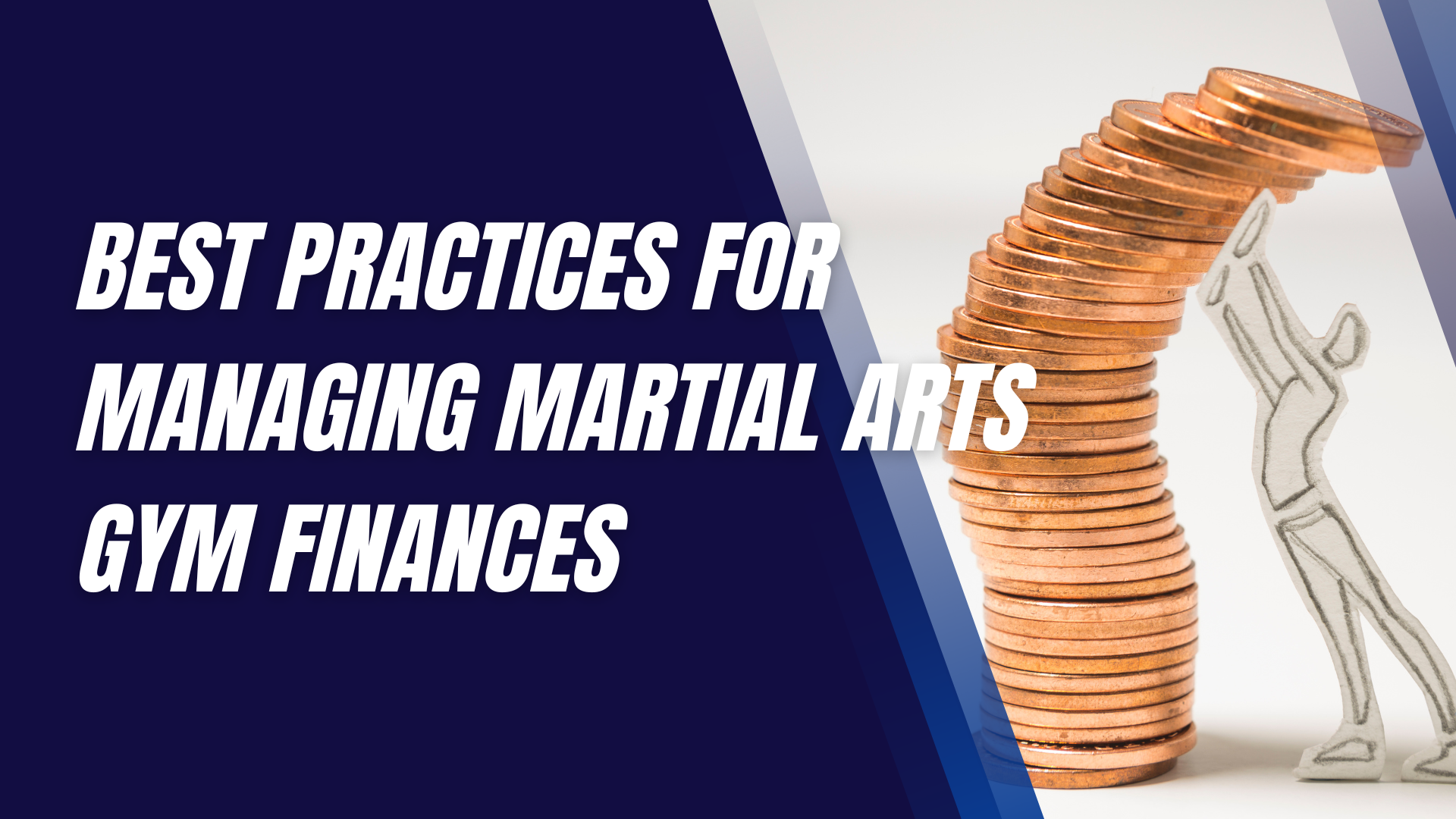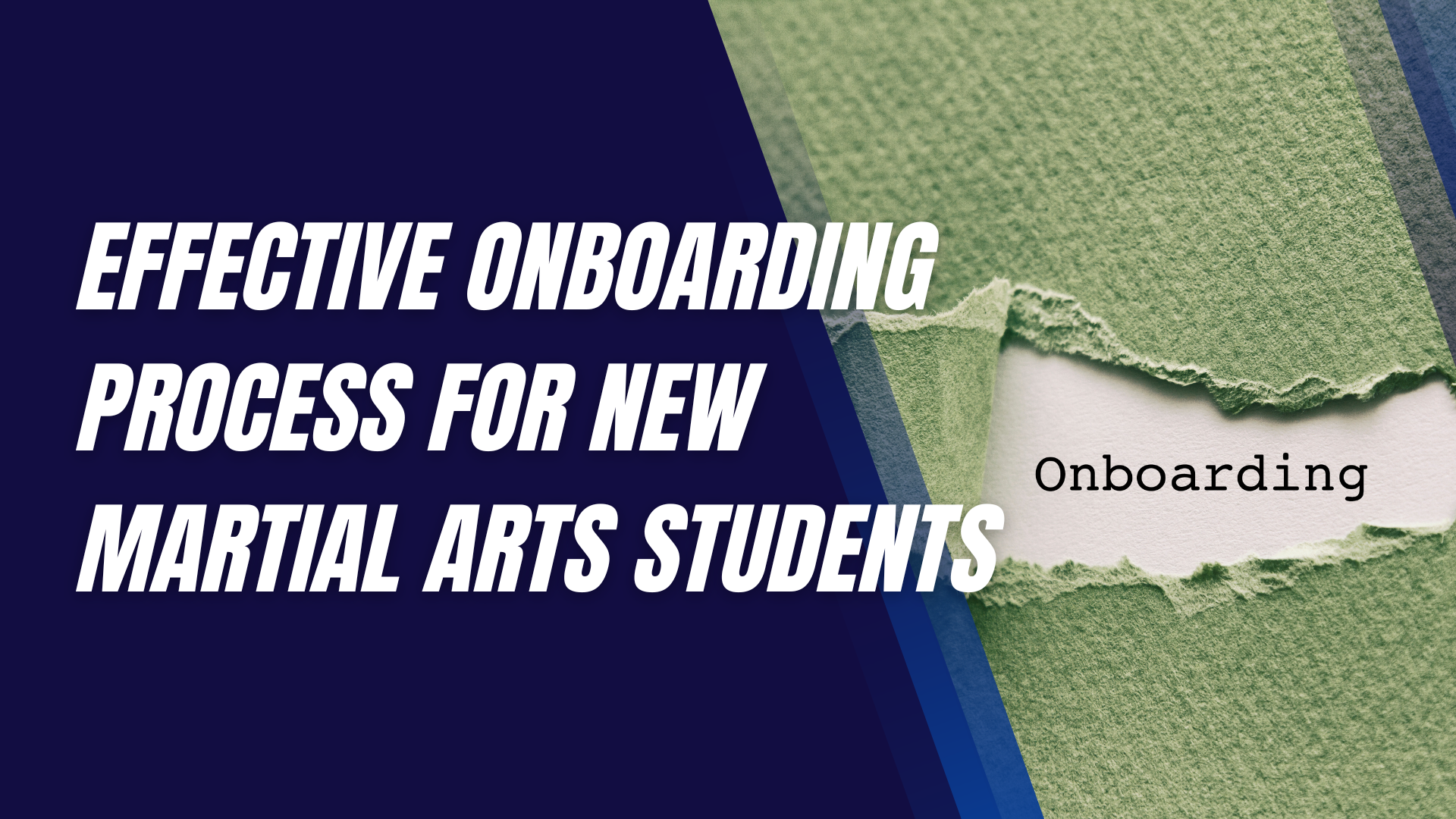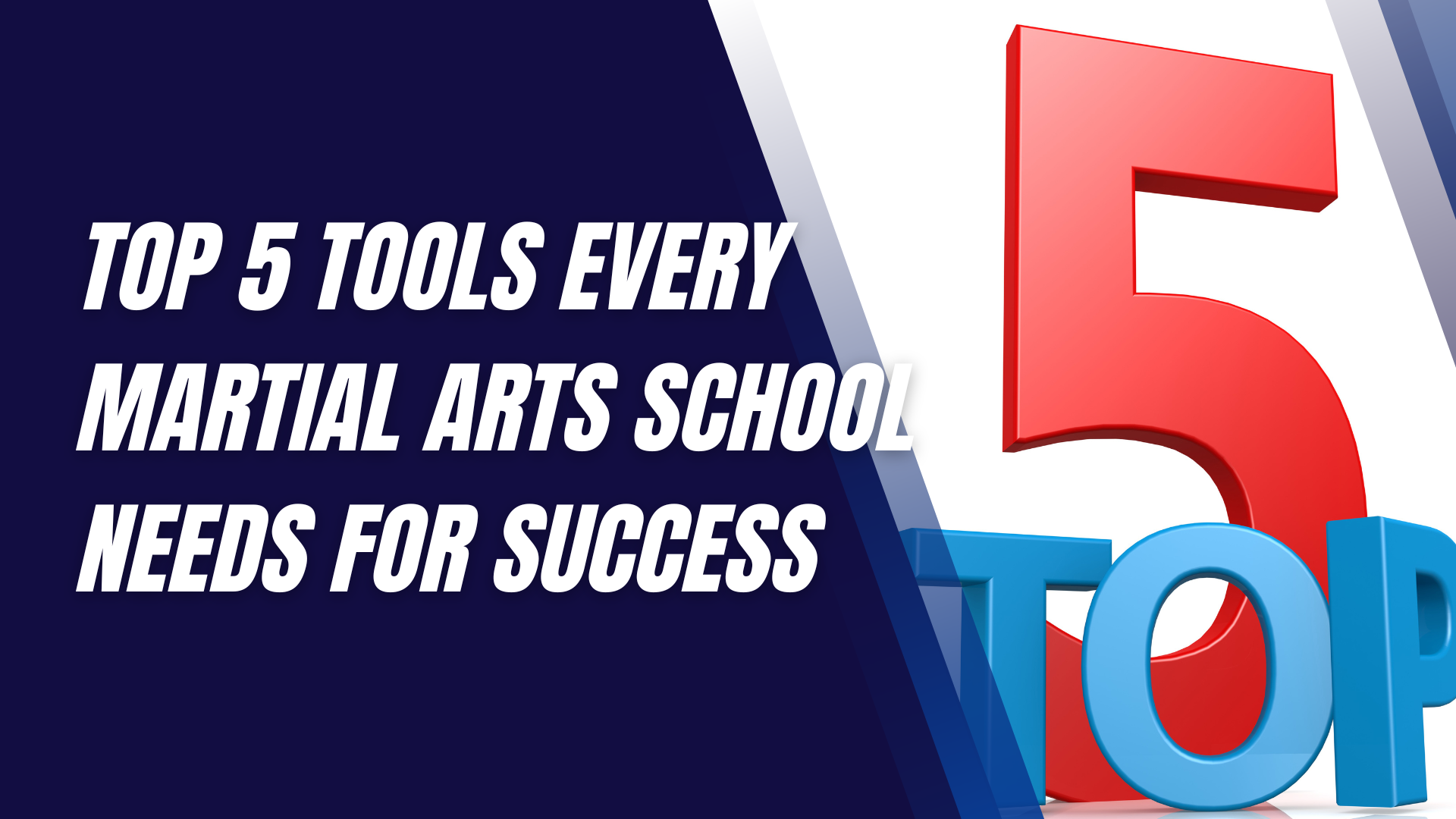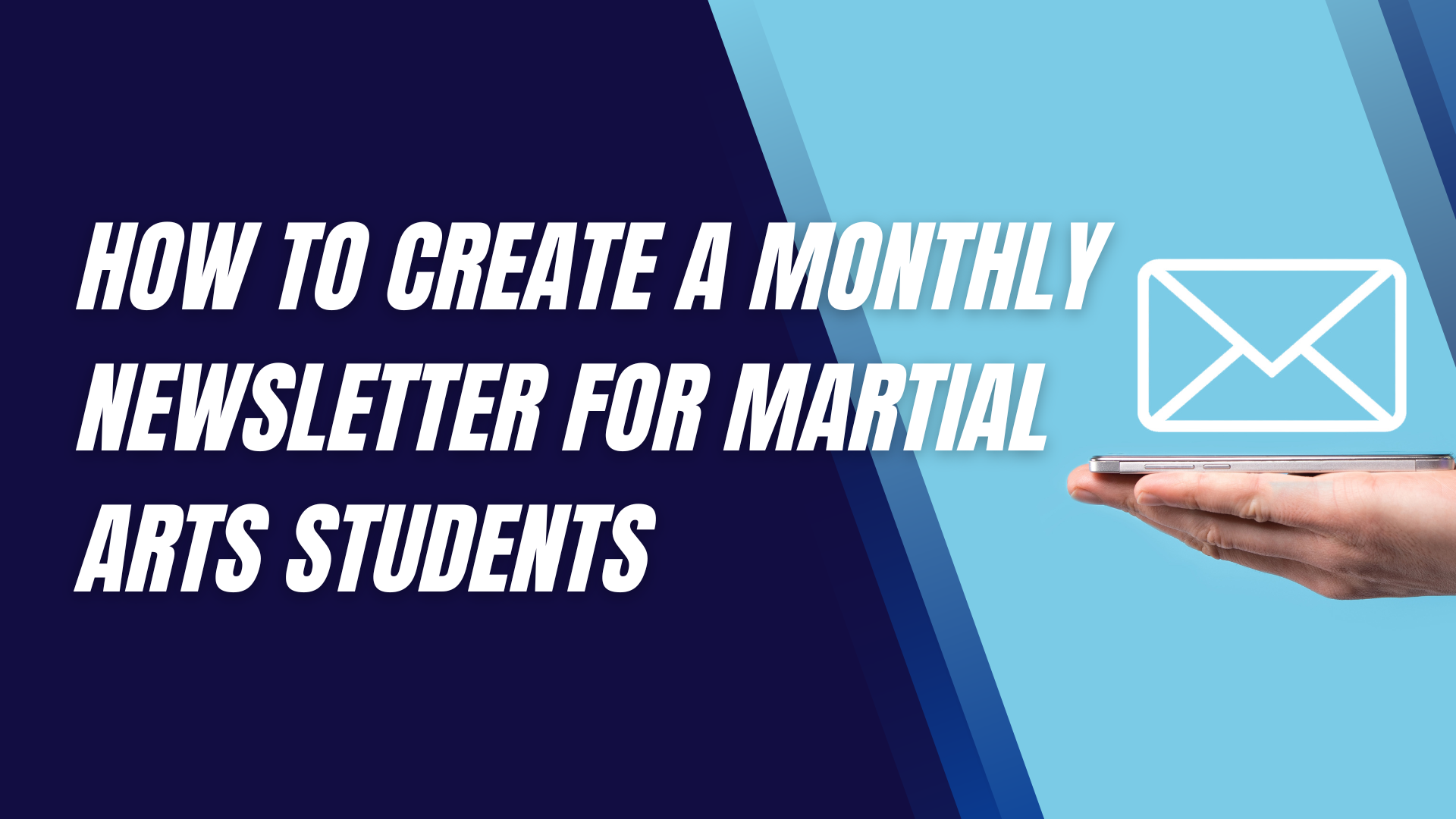How to Improve Your Agility for Martial Arts
When it comes to martial arts, agility is one of the most crucial attributes you can develop.
Whether you're dodging an opponent's strike, executing a quick combination, or repositioning yourself in the ring, agility allows you to move swiftly and efficiently. This article will delve into the different aspects of agility, explaining why it's vital for martial artists and offering practical tips and exercises to help you
enhance your agility.
Understanding Agility in Martial Arts
Before diving into specific exercises and drills, it's important to understand what agility truly means in the context of martial arts. Agility is the ability to move quickly and change direction with precision. It combines elements of speed, balance, coordination, and reaction time, making it a complex but essential skill for martial artists.
Different martial arts disciplines require varying levels of agility. For example, Taekwondo focuses heavily on quick footwork and explosive kicks, requiring a high degree of agility. Judo, on the other hand, demands agility in grappling and throws. No matter your discipline, improving your agility can lead to better performance and more effective techniques.
Physical Conditioning for Agility
To build agility, a solid foundation of physical conditioning is essential. This includes flexibility, strength, and cardiovascular fitness—all of which contribute to your overall agility.
- Importance of Flexibility and Mobility: Flexibility allows your joints to move freely, which is crucial for executing quick movements without injury. Incorporate daily stretching and dynamic mobility exercises to keep your muscles and joints limber.
- Strength Training for Agility: Strengthening your muscles, particularly in your legs and core, provides the power needed for quick, explosive movements. Focus on compound exercises like squats, lunges, and deadlifts, which mimic the movements used in martial arts.
- Cardiovascular Conditioning: Agility also relies on your ability to sustain high-intensity efforts over time. Cardiovascular exercises like running, cycling, or circuit training can improve your endurance and help maintain agility throughout your training sessions or fights.
Plyometric Exercises for Agility
Plyometrics, or jump training, is an effective way to boost your agility. These exercises involve explosive movements that increase your power, speed, and coordination.
- What Are Plyometrics? Plyometrics are exercises that involve rapid stretching and contracting of muscles, designed to increase explosive power. For martial artists, this means being able to quickly launch into a kick or dodge an attack.
- Benefits of Plyometrics in Martial Arts: Plyometric exercises improve your ability to move quickly and powerfully, which translates directly into better performance in martial arts. They also enhance your muscle's ability to contract rapidly, which is crucial for fast, agile movements.
- Top Plyometric Exercises for Martial Artists: Some effective plyometric exercises include box jumps, lateral jumps, and burpees. These exercises not only build explosive power but also train your body to move quickly in different directions.
Footwork Drills
In martial arts, your feet are your foundation. Good footwork allows you to move in and out of range, maintain balance, and position yourself for strikes or defenses.
- The Importance of Footwork in Martial Arts: Effective footwork is the backbone of agility in martial arts. It allows you to control the distance between you and your opponent, evade attacks, and set up your strikes.
- Essential Footwork Drills to Enhance Agility: Drills such as ladder drills, cone drills, and shadowboxing with an emphasis on footwork can significantly improve your agility. Focus on moving quickly and smoothly in all directions, maintaining balance and control throughout.
- Incorporating Footwork Drills into Daily Practice: Consistency is key. Integrate footwork drills into your daily routine, even if only for a few minutes. Over time, this will develop muscle memory, making agile movements second nature.
Reaction Time Training
Agility isn't just about physical speed—it's also about how quickly you can react to your opponent's moves. Reaction time training can sharpen your reflexes, allowing you to respond swiftly and effectively in a fight.
- The Connection Between Reaction Time and Agility: A fast reaction time allows you to initiate agile movements quickly. Whether you're dodging a punch or countering a kick, the quicker you react, the more agile you appear.
- Drills to Improve Reaction Speed: Reaction balls, partner drills where your partner gives random cues for you to respond to, and even video game-based reaction drills can help improve your reaction time.
- The Role of Sparring in Reaction Time Development: Sparring is one of the best ways to train your reaction time in a real-world scenario. The unpredictability of a sparring partner's moves forces you to react quickly, enhancing your overall agility.
Balance and Coordination Exercises
Agility is closely tied to balance and coordination. If you're off-balance or uncoordinated, your movements will be slower and less effective.
- How Balance Affects Agility: Balance is crucial for maintaining stability during quick movements. Good balance allows you to transition smoothly between techniques without losing your footing.
- Exercises to Improve Balance and Coordination: Incorporate exercises like single-leg stands, yoga, and tai chi into your routine to enhance your balance. Coordination drills, such as hand-eye coordination exercises, are also beneficial.
- Using Balance Tools (e.g., Bosu Ball, Balance Board): Tools like a Bosu ball or a balance board can make your balance exercises more challenging, forcing your muscles to work harder to stabilize you.
Agility Ladder Drills
An agility ladder is a simple yet effective tool for improving foot speed and coordination.
- What Is an Agility Ladder? An agility ladder is a flat piece of equipment laid on the ground with evenly spaced rungs. It’s used for footwork drills that involve stepping in and out of the rungs in various patterns.
- Effective Ladder Drills for Martial Arts: Start with basic drills like the in-and-out, lateral shuffle, and the icky shuffle. As you become more comfortable, progress to more complex patterns that challenge your speed and coordination.
- Progressing from Basic to Advanced Drills: Once you've mastered the basics, increase the speed and complexity of your drills. This progression will continually challenge your agility and keep your training effective.
Speed Training for Martial Artists
While speed and agility are closely related, they’re not the same. However, enhancing your speed can complement your agility training.
- Speed vs. Agility: Understanding the Difference: Speed is the ability to move quickly in one direction, while agility involves rapid changes in direction. Both are important, but agility requires more coordination and balance.
- Sprint Drills and Interval Training: Incorporate sprint drills, like short-distance sprints or interval training, to improve your overall speed. These drills can also help build the explosiveness needed for agile movements.
- Enhancing Speed in Combination with Agility: Combining speed and agility drills, such as sprinting followed by immediate direction changes, can improve both attributes simultaneously.
Mental Agility
Physical agility is only part of the equation. Mental agility—your ability to think quickly and make decisions under pressure—is equally important in martial arts.
- The Importance of Mental Quickness in Martial Arts: Mental agility allows you to anticipate your opponent’s moves, adapt your strategy on the fly, and remain calm under pressure.
- Mindfulness and Visualization Techniques: Practice mindfulness to stay present and focused during training and competition. Visualization techniques, where you mentally rehearse scenarios, can also improve your mental agility.
- Decision-Making Under Pressure: Training under simulated pressure conditions, such as time constraints or sparring with multiple opponents, can help you develop the mental quickness needed in real fights.
Incorporating Agility Training into Your Routine
To see real improvements, agility training needs to be a regular part of your routine.
- How to Structure Agility Training: Dedicate specific sessions to agility training, or incorporate agility drills into your warm-ups. Balance your agility training with strength, endurance, and technique work.
- Balancing Agility with Other Martial Arts Training: It’s important not to overemphasize agility at the expense of other skills. Ensure your training routine is well-rounded, focusing on all aspects of martial arts.
- Tips for Consistency and Progression: Track your progress, gradually increase the intensity of your drills, and stay consistent. Over time, you'll see significant improvements in your agility.
Common Mistakes to Avoid
There are a few common pitfalls that can hinder your agility training.
- Overtraining and Injury Risks: Pushing yourself too hard without proper rest can lead to injuries. Make sure to include rest days and listen to your body.
- Neglecting Recovery and Rest: Recovery is when your muscles repair and strengthen. Don’t skip recovery, as it’s essential for long-term agility improvements.
- Focusing Only on Physical Aspects: Remember that mental agility is just as important as physical agility. Balance your training to address both.
The Role of Nutrition in Agility
What you eat has a direct impact on your performance and agility.
- How Diet Impacts Agility and Performance: Proper nutrition fuels your body for agility training. Without the right nutrients, your energy levels and recovery can suffer.
- Essential Nutrients for Muscle and Joint Health: Focus on a diet rich in lean proteins, healthy fats, and complex carbohydrates. Omega-3 fatty acids, in particular, are excellent for joint health, which is crucial for maintaining agility.
- Hydration Tips for Optimal Agility: Staying hydrated keeps your muscles functioning properly and reduces the risk of cramps or injuries. Aim to drink water consistently throughout the day, not just during workouts.
Tracking Progress
To stay motivated and ensure you're on the right track, it's important to monitor your progress.
- How to Measure Improvement in Agility: Use specific drills or timed exercises to track your speed and coordination. Regular assessments will help you gauge your improvement.
- Tools and Methods for Tracking: Consider using apps, agility ladders with timers, or even video analysis to monitor your progress.
- Setting and Achieving Agility Goals: Set SMART (Specific, Measurable, Achievable, Relevant, Time-bound) goals for your agility training. This will give you clear targets to aim for and help you stay focused.
Final Thoughts
Improving your agility is a multifaceted process that involves physical conditioning, mental training, and consistent practice. By incorporating the exercises and tips outlined in this article, you'll develop the agility needed to excel in your martial arts discipline. Remember, agility training is a journey—stay patient, stay consistent, and the results will follow.
Interested in trying a martial arts class? Find an affiliated academy anywhere in the country by clicking here.
Have your own martial arts program? Get to know more about what we have to offer at Ground Standard Agency for helping martial arts businesses grow.
Email us at info@groundstandard.com, or call and text us at (732) 907-8920 today to learn how to start growing your own academy, school, dojo, or gym with us as well.
Share this article
